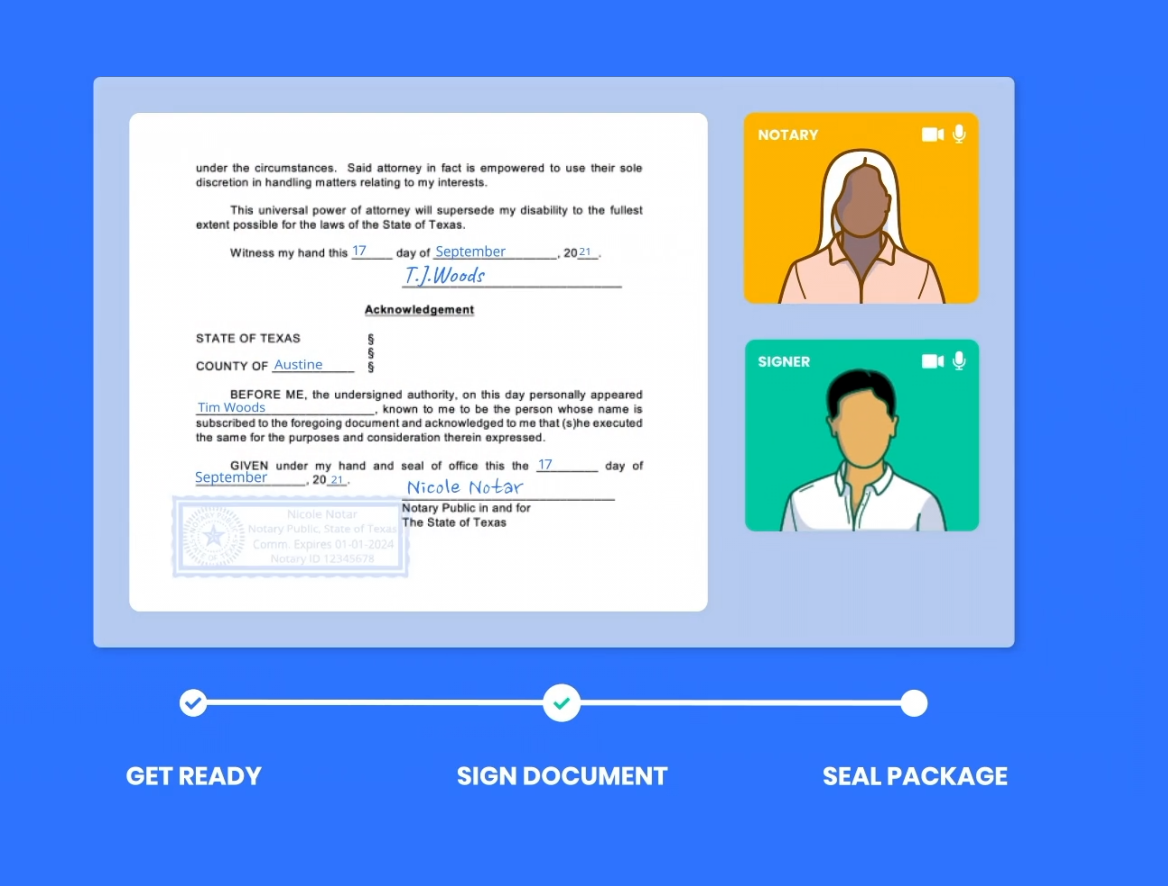(Image created by Microsoft Copilot)
E-commerce moves fast. Businesses rely on smooth integrations to keep up.
Handling transactions, customer data, and supply chains isn't simple. It requires systems that work together efficiently.
Modern tools exist for this exact reason. With the right strategies in place, you can streamline operations without constant manual input.
How do successful e-commerce brands achieve this? The answer lies in understanding key integration methods --- and applying them effectively.
Let's explore four essential strategies every modern retailer should know about.
1. Data Synchronization Across Multiple Channels
- Consistent data ensures a unified experience across your online store, marketplaces, and physical locations.
- Synchronization prevents mismatches in product details, pricing, or promotions --- building customer trust.
- Real-time updates keep inventory levels accurate no matter where a purchase happens.
For businesses managing sales on platforms like Amazon and Shopify simultaneously, seamless synchronization tools are critical. They act as a bridge between systems to eliminate discrepancies.
Integrating EDI solutions improves this more by ensuring that suppliers and vendors receive up-to-date information without manual interventions --- allowing for smooth operations across every channel you manage.
2. Simplifying Operations with Middleware Platforms
- Middleware acts like a translator between different software systems. It ensures that applications, databases, and tools communicate effectively without direct modifications.
- Think of it as a universal adapter plug for your technology stack. It connects legacy systems to modern platforms effortlessly.
- By adopting middleware solutions, businesses save time on coding custom integrations while avoiding operational disruptions.
One example? EDI integration solutions offer seamless data transfer between suppliers, vendors, and retailers through standardized communication protocols --- eliminating manual errors in digital transactions.
3. The Role of APIs in Seamless System Connectivity
1. Flexibility: APIs let you build bridges between your e-commerce platform and third-party tools like shipping providers or payment processors.
2. Customization: They allow for tailored functionalities that fit unique business needs.
3. Scalability: Growing operations can expand API usage to accommodate more complex requirements over time.
It's the same thing as upgrading your toolbox: instead of replacing old tools entirely, APIs provide extensions to improve what you already have working well!
4. Importance of Inventory and Order Management Integrations
- Inventory integrations keep stock levels updated in real-time. They prevent overselling or underselling across multiple platforms.
- Automated order management streamlines fulfillment processes, reducing delays and improving customer satisfaction.
- These systems also provide valuable insights into product performance, helping you make informed decisions on restocking or discontinuing items.
For businesses with complex supply chains, solutions like EDI integration ensure accurate data flow between warehouses, suppliers, and e-commerce platforms --- eliminating costly miscommunications.
Why Integration Is Key to Scaling Your Online Business
Scaling isn't just about selling more; it's about handling growth without breaking your systems. Integration plays a central role in this process.
Efficient connections between tools and platforms ensure that as orders increase, operations stay smooth. Inventory remains accurate, customers get updates on time, and your team avoids manual overload.
By adopting strategies like middleware platforms, robust APIs, and EDI integration solutions, businesses prepare themselves for the demands of scaling --- ready to grow confidently into the future.


